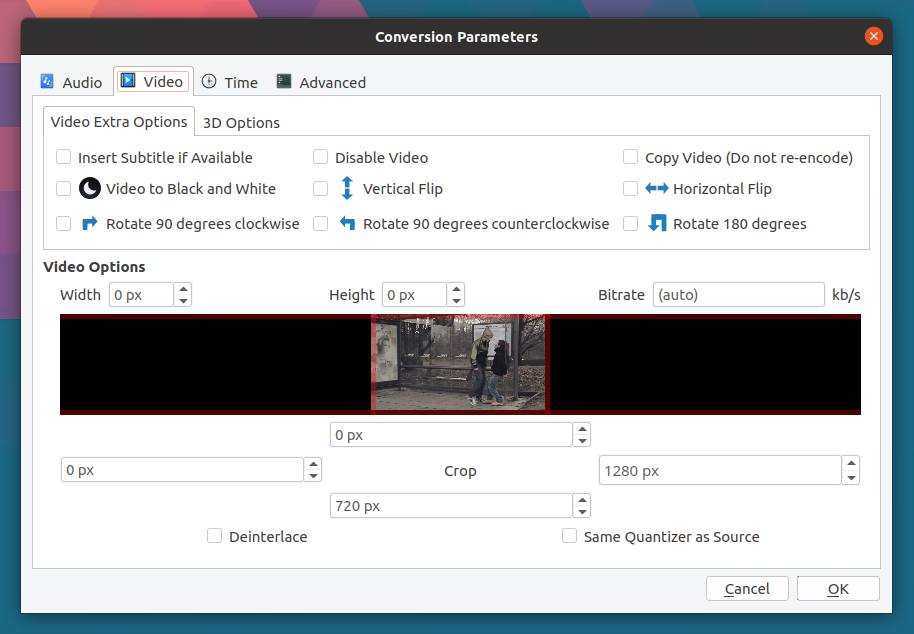

Here we've set the resolution using the s switch, the output file type to Flash using the f switch, the video bit rate using the b switch and the audio rate using the ar switch. The command we use to convert is:įfmpeg -i -s -f flv -b -ar Usually we just dump a copy in the bin folder to avoid dealing with long path names Get the path of where your video is that you want to convert. Open up Command Prompt, and change directory to the bin subfolder of where you extracted FFMPEG The instructions below are for Windows, but the FFMPEG arguments should be similar across all platforms.ĭownload a 32-bit or 64-bit build of FFMPEG, whichever is best suited to your OS If you've got your produced video, here's how to get it in a Flash format. It can especially help if you want to produce video for the web, but don't have a copy of Adobe Flash lying around. If you need to convert one video type to another, it can be exceedingly useful. FFMPEG, the open-source, command-line encoder, can produce some excellent results.


 0 kommentar(er)
0 kommentar(er)
